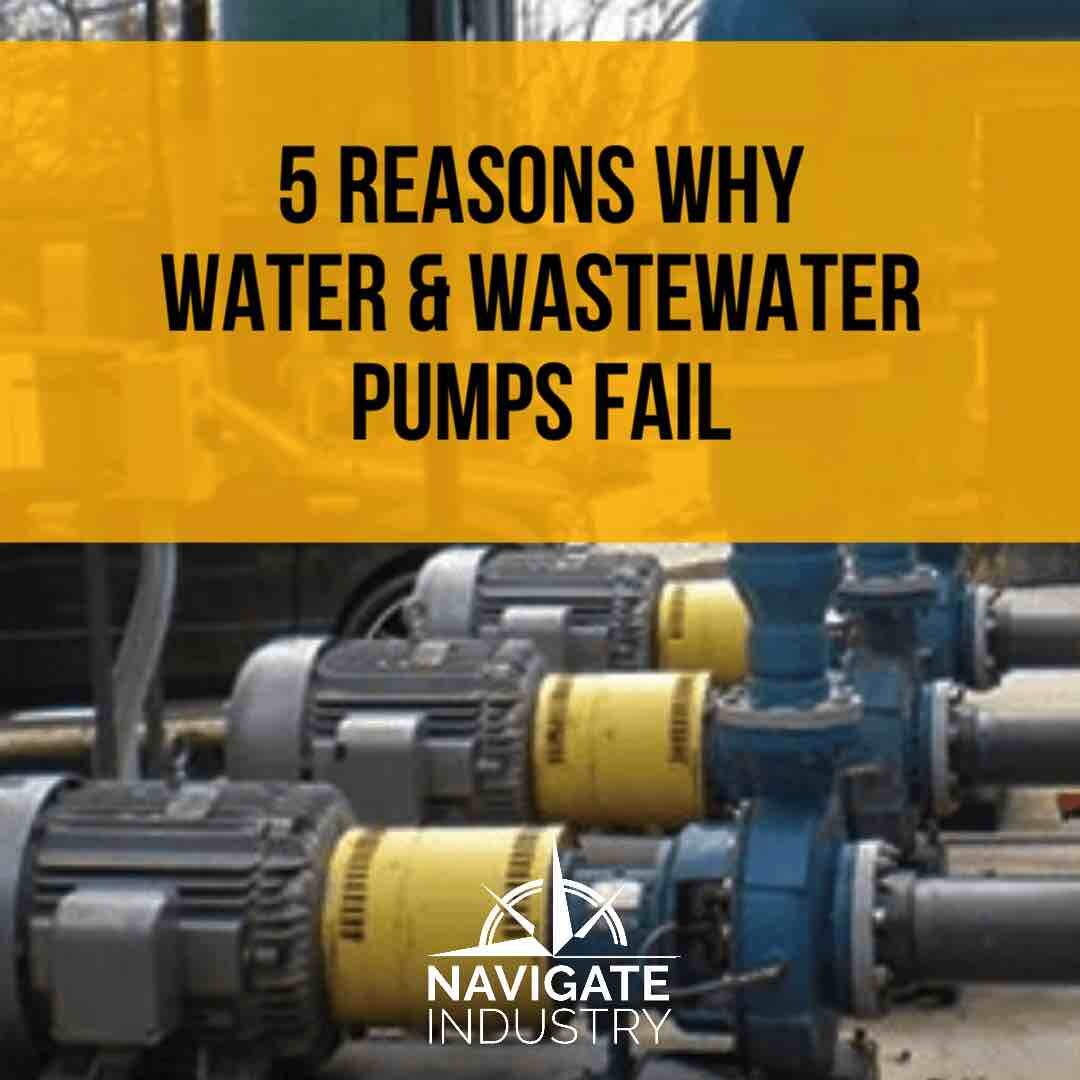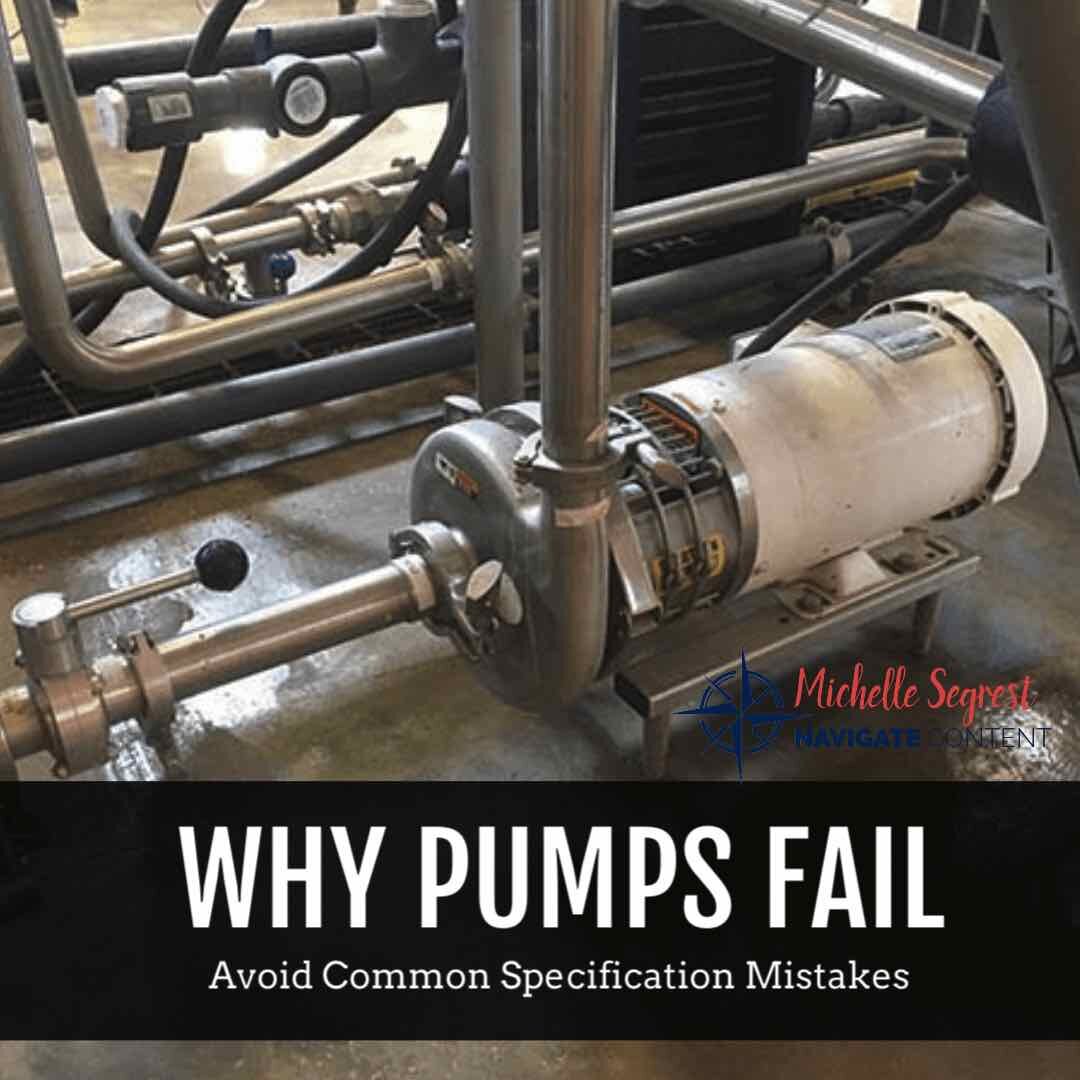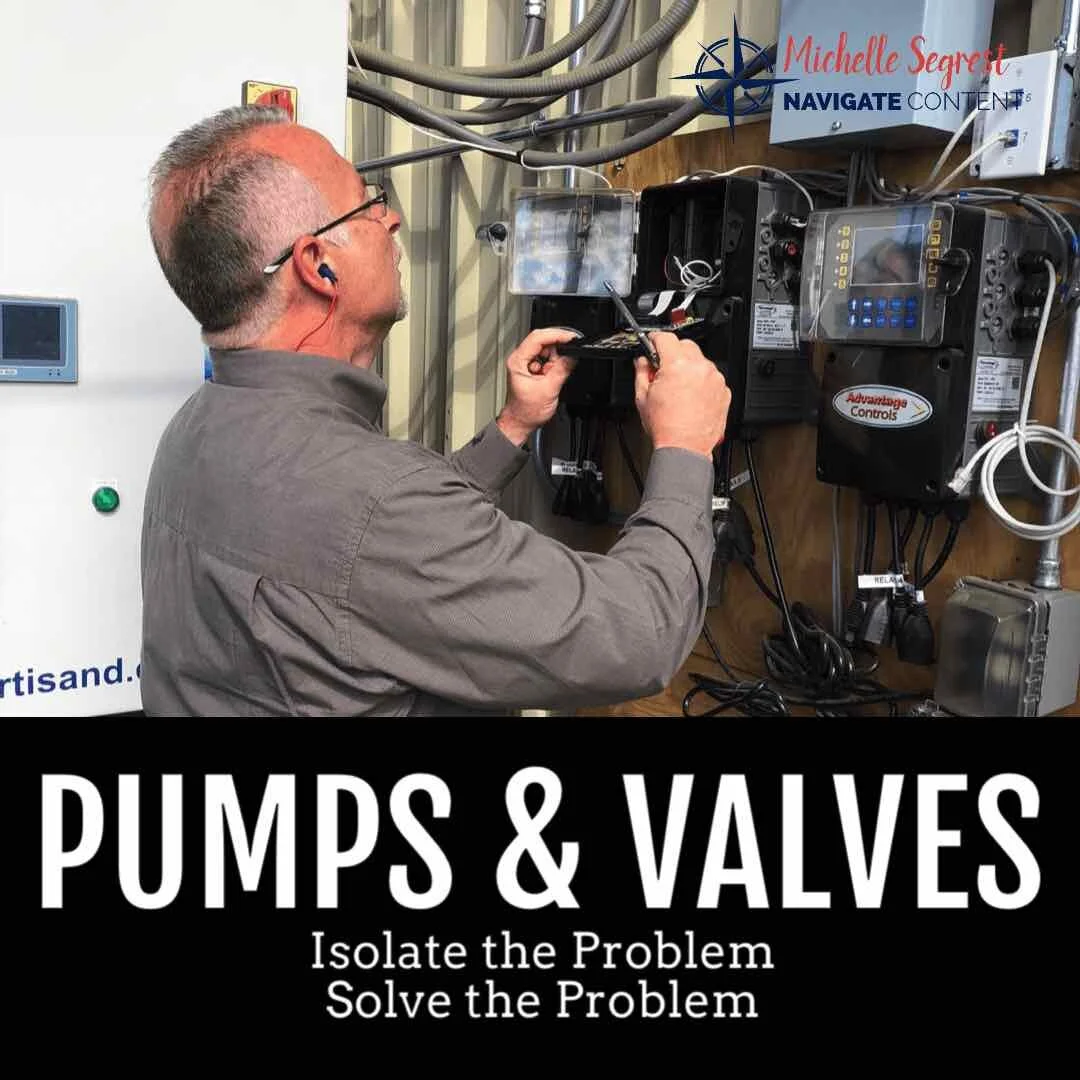Training and Education for Hydraulic Equipment and Seal Selection
/Adolfo Gomez began his career working with agricultural irrigation. This led to hands-on work for chemical processing plants and oil refineries. His diverse experience developed into a passion for teaching and training young end users and sharing his more than three decades of knowledge and experience.
By Michelle Segrest, Navigate Content, Inc. - Reporting for Pump Engineer, Valve World, and Valve World Americas
Adolfo Gomez's experience is in mechanical seal selection, installation, and training. He holds a Bachelor of Science in Mechanical Engineering from the University of Louisiana at Lafayette. In 1980, he began working for a Rhode Island seal company on a small operation in Venezuela. He worked closely with the engineering and manufacturing of mechanical seals, mostly for oil refineries.
Through this experience, he simultaneously developed a course in pumps and seals that was conducted throughout South America. “Valves go hand-in-hand with pumps, especially gate, check, and globe valves,” Gomez said. “My experience is related to the repair and inspection of valves and the lapping and flat mass inspection of their seats.”
Gomez, a U.S. citizen who now lives in Miami, Florida, spent 25 years in the field of mechanical seals with an emphasis in steel fabrication, process plant construction, and irrigation projects. He quickly began seeing his core competency was in training, instructing and sharing his knowledge. He is currently writing a book about centrifugal pumps directed toward the maintenance and operation of process plants.
“I always enjoyed my working days,” he said. “But for me, training was always the most challenging and the most interesting.”
Experience Working with Seal Selection
Gomez’s expertise is primarily in pump selection with an emphasis on irrigation pumps and auxiliary ANSI pumps. For seals, he mostly focused on API applications in oil refineries, specifically high-temperature cases. His valve expertise is with the repair, lapping, and inspection of check, gate, and globe valves.
“For the seal company I worked with, high-temperature applications were their specialty,” he said. “This provided specific experience for me. I can remember working on building a sulfuric acid plant for a large chemical company. They probably had the most strict inspection requirements you could imagine. We had a very challenging time completing and commissioning that plant.”
A Focus on Education and Training for Hydraulic Engineering & Seal Selection
Through his experience, he began to see the need for training and education on the finer points of hydraulic engineering with regard to rotating equipment.
“I was surprised by the lack of training on pumps, valves, and seals that I encountered,” Gomez said. “In my experience, I found that the higher management at most companies underestimates the importance of training. This makes attaining high performance results very slow. There is plenty of technical literature for most engineers, but much less that is specifically geared toward operators and maintenance personnel.”
Gomez learned quickly that by sharing his knowledge and experience, he could make a difference for the future of industry.
“I am surprised to find many valve users don't know the difference between a gate and a globe valve,” he said. “Packing is another subject that needs attention. Good training is required for valves and for packaged pumps. Also, the use of pressure and temperature gauges in key locations is critical along with the use of valves and quick-opening coupling guards for pumps.”
Engineering Industry Trends
Gomez said a big advancement for the industry is the use of codes and standards for the American Petroleum Institute (API), American National Standards Institute (ANSI), Fluid Sealing Association (FSA), and Hydraulic Institute (HI) are more common these days, which is important for the future of the industry.
In addition, with an aging and retiring workforce, the transfer of knowledge and experience becomes critical.
“There is tendency to underestimate the value of experience,” Gomez said. “A few years ago, I did some training at a refinery, and just by teaching compatibility of elastomers I helped to solve some chronic seal failures. I strongly believe that training is the name of the game.”
Another industry trend lies within aging plants and equipment—replacing obsolete parts, for example, is a primary industry concern.
“Most pumps and valves last for many years by changing a few components that do wear—like seals, packing, and bearings,” Gomez explained. “Some pumps and valves do wear due to cavitation or abrasion, and those have to be replaced periodically.”
Tackling Challenges While Maintaining Rotating Equipment
Anticipating and preventing problems is crucial to maintaining rotating equipment properly, Gomez said.
“Thermal expansion was a problem I have faced often,” he said. “Pumps are seriously affected by this, as well as piping. In one plant construction project that I worked on, we had serious thermal expansion problems, which delayed the start up for several weeks. The engineering company never estimated the terrible effect of thermal expansion.”
Gomez said problems like this can be solved more quickly and efficiently with proper training.
“Mechanics and operators should be given basic physics teaching in concepts like pressure, temperature, heat, specific gravity, flash point, and vapor pressure,” Gomez suggested. “These are all simple to explain, but seldom given in a simple term for industry people to grab them. Vapor pressure, for instance, can be explained very easily and will solve many pump, seal, and valve failures.”
Almost very pump installation requires a check and a gate valve, Gomez said. In some cases, a globe valve is added to control pressure.
“Valves need flat seats, which sometimes is best to verify by means of an optical flat and a monochromatic light,” he said. “I teach mechanics and the use of these instruments, which are a must for mechanical seals and very important for some valves. The pump packing has to be properly installed. Garlock has an excellent technical manual for this.”
In the early 1970s, Gomez was in charge of the construction of two plants—one in Mexico and another one in Colombia.
“I took care of the civil work construction, then the steel fabricating and piping, and finally the installation of steam turbine and pumps, including instruments and electrical systems,” he said. “Since sulfuric acid plants are relatively simple and small, one superintendent has to take care of all the disciplines. It really requires a lot of practical experience.”
Embracing Training & Education in Facility Management
Gomez said he believes it is important for facility management to embrace training and education.
“Sometimes management are not engineers, and they have a tendency to underestimate all the technical details of the industry,” he said. “It’s common that they might not know about manufacturing, welding, pumps, steam turbines, etc. One day I spent more than five hours looking for an O-Ring. The people I talked to had no idea how these are measured and specified. In my courses, I spend almost one hour explaining this. Years ago, a maintenance manager was amazed to know that O-Rings come in different durometer to prevent extrusion. This helps them to put some high pressure equipment back in operation.”
Gomez also spends time in his courses explaining the differences between different types of valves.
“Gate valves are to be fully closed or fully open because they don't control flow,” he explained. “Globe valves, on the other hand, are made to control partially closing or totally blocking flow. In their installation it is important to follow the gasketing instructions given by the Fluid Sealing Association.”
Gomez also focuses on the importance of vapor pressure.
“The vapor pressure of a liquid at a given temperature is that pressure at which the liquid starts boiling and vaporizing, so a liquid has different vapor pressures and boiling points for different temperature,” he said. “I have a simple way of explaining this. If we are pumping a liquid, let’s say water at 80 degrees F at sea level—this is no problem. But if we do that on top of Mount McKinley where the atmospheric pressure is much lower, the water will probably boil, and we will not be able to pump it. I have simple projections to explain this, because sometimes the liquid temperature increases causing the liquids to boil.”
In addition to hands-on training, Gomez suggests reading technical articles in trade magazines and attending trade shows that have many technical experts and learning session opportunities. The best type of training, he said, is a combination of all the available opportunities.
“Some classroom training and some hands-on in the field is ideal,” he said. “I was training some mechanics on the different pump priming possibilities, and that takes some theory and some practical hands-on training, as well. In-plant training on specific equipment is also critical for operators and maintenance professionals.”
Michelle Segrest is president of Navigate Content, Inc., a full-service content creation firm, and has been a professional journalist for three decades. She has covered the industrial processing industries since 2008 and specializes in technical articles and case studies that focus on technology and innovation connected with rotating equipment. If you work with valves and pumps or have a colleague who may be a candidate for an article like this, please contact her at michelle@navigatecontent.com.




















